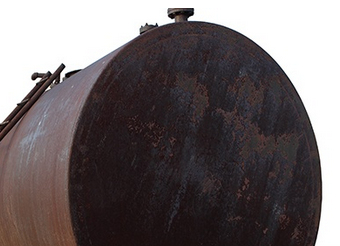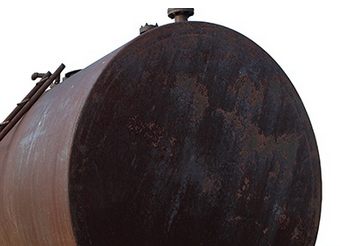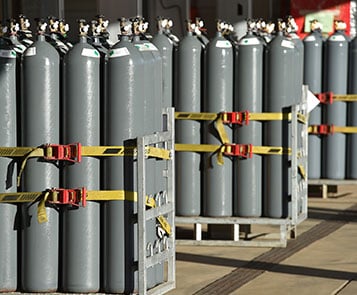Q&A Series: 3 Important UST Questions Answered by Our Industry Expert
 Underground storage tanks (USTs) can pose a serious hazard to the environment if contents leak into the soil, compromising groundwater. One of our in-house experts, Kevin Coulon, presented a webinar on inspection procedures and the decision-making process to determine what to do with your gas, diesel, or oil UST. Here are his answers to your top three burning questions.
Underground storage tanks (USTs) can pose a serious hazard to the environment if contents leak into the soil, compromising groundwater. One of our in-house experts, Kevin Coulon, presented a webinar on inspection procedures and the decision-making process to determine what to do with your gas, diesel, or oil UST. Here are his answers to your top three burning questions.
Do I need training to inspect the UST?
Yes, depending on what your plan covers. If you are a facility that's under an SPCC program, these are going to be covered under that. Part of an SPCC program requires that you train the individuals on the plan and how to offer it under the plan. If you're not under an SPCC program but you are covered on the state or federal UST program, you do need to be trained on how to inspect if you’re doing the inspection. You may not be the AB operator who's doing the full inspection, but you're now what's considered the C operator, and need to know what to look for and when it’s necessary to call your AB operator.
Can a decontaminated UST be left in the ground?
Depending on the state, yes. We did a project for a client (in Massachusetts) that had the funding to do the cleaning. It was a single wall tank, so we did the cleaning, left in place in an area of the tank but now there's a requirement that it needs to be removed by a specific date. It's clean so the removal process is going to be a little bit easier. It would depend on which state you're in and the requirements, as well as what type of tank you have.
When is it beneficial to upgrade or maybe replace the UST? Are these viable options?
Replacement or upgrade is going to be based on your budget. You know if you have a tank that you find an issue with and it's a two-year-old tank, it may be worth trying to fix or upgrade the tank. If you have a tank that’s 18 years old and you find an issue with it, it's probably worth allocating the funds to do a full removal and replacement.
If you have a single wall tank that doesn't meet the regulations and you don't have a leak detection or you don't have corrosion detection or corrosion prevention, then it's in your best interest to do a replacement. But if you don't have the ability to do the replacement, it may be lining the tank or it may be cleaning it, putting it off, line, and removing it a year or two down the road. What some people have also done is removed the underground storage tank and replaced it with an above ground tank. With an above ground you can see the issues and it's a little easier to access problem areas. It basically comes down to preference and the funding you have for the project.
Click here to access the full webinar recording. And visit our Tank Services webpage to learn more about our capabilities.




